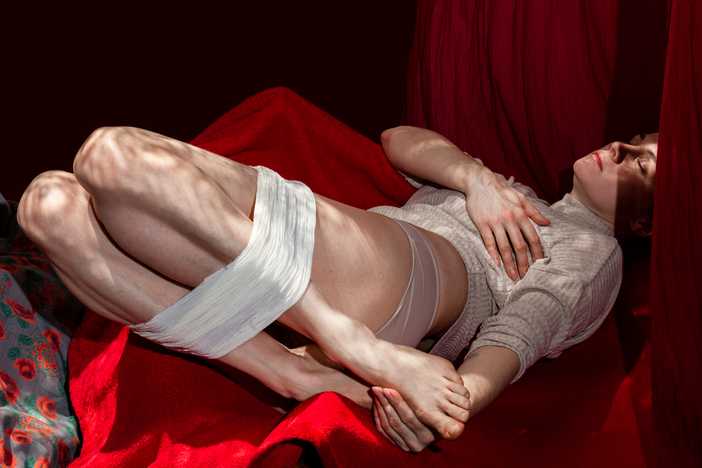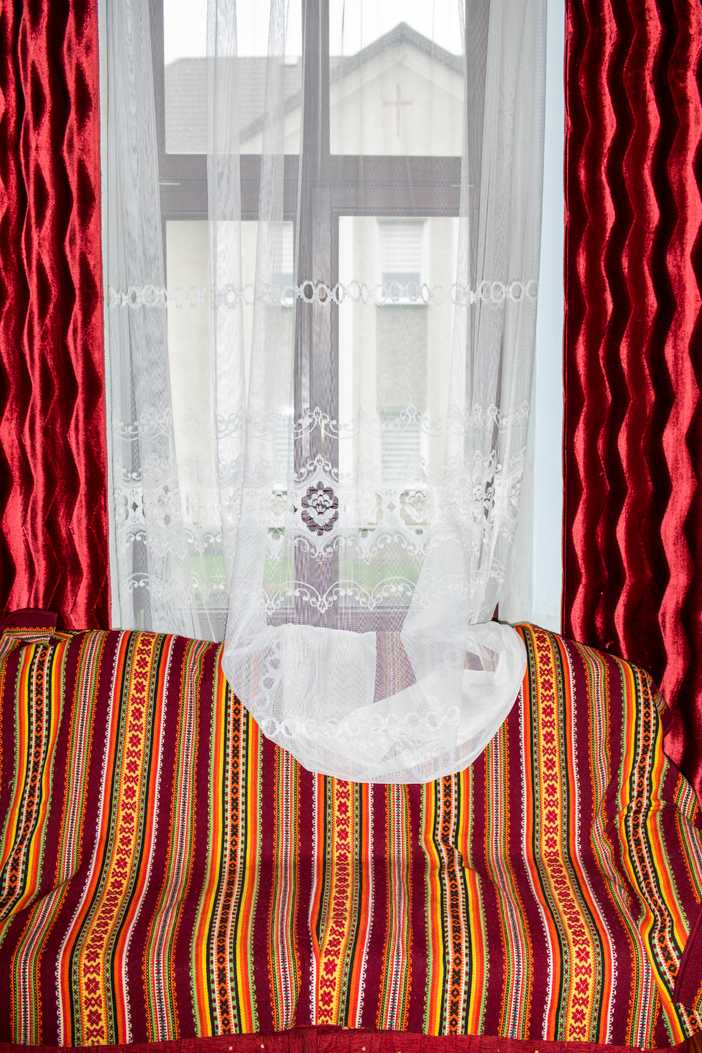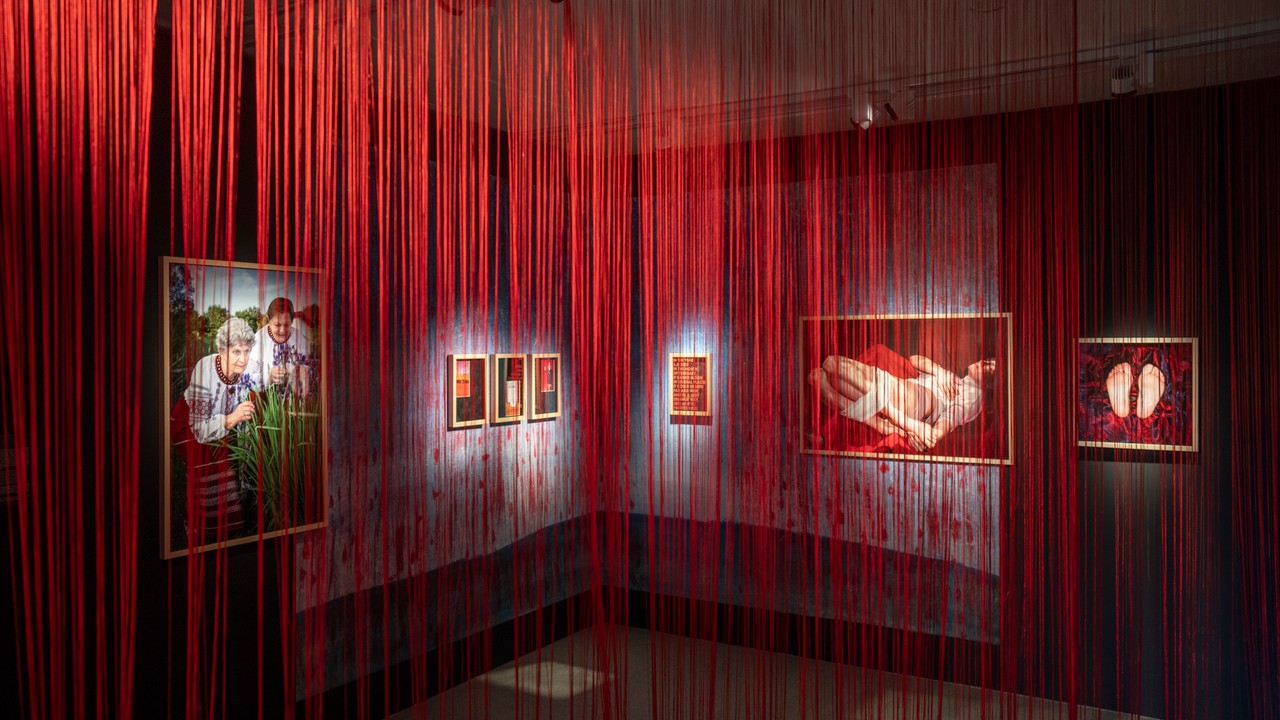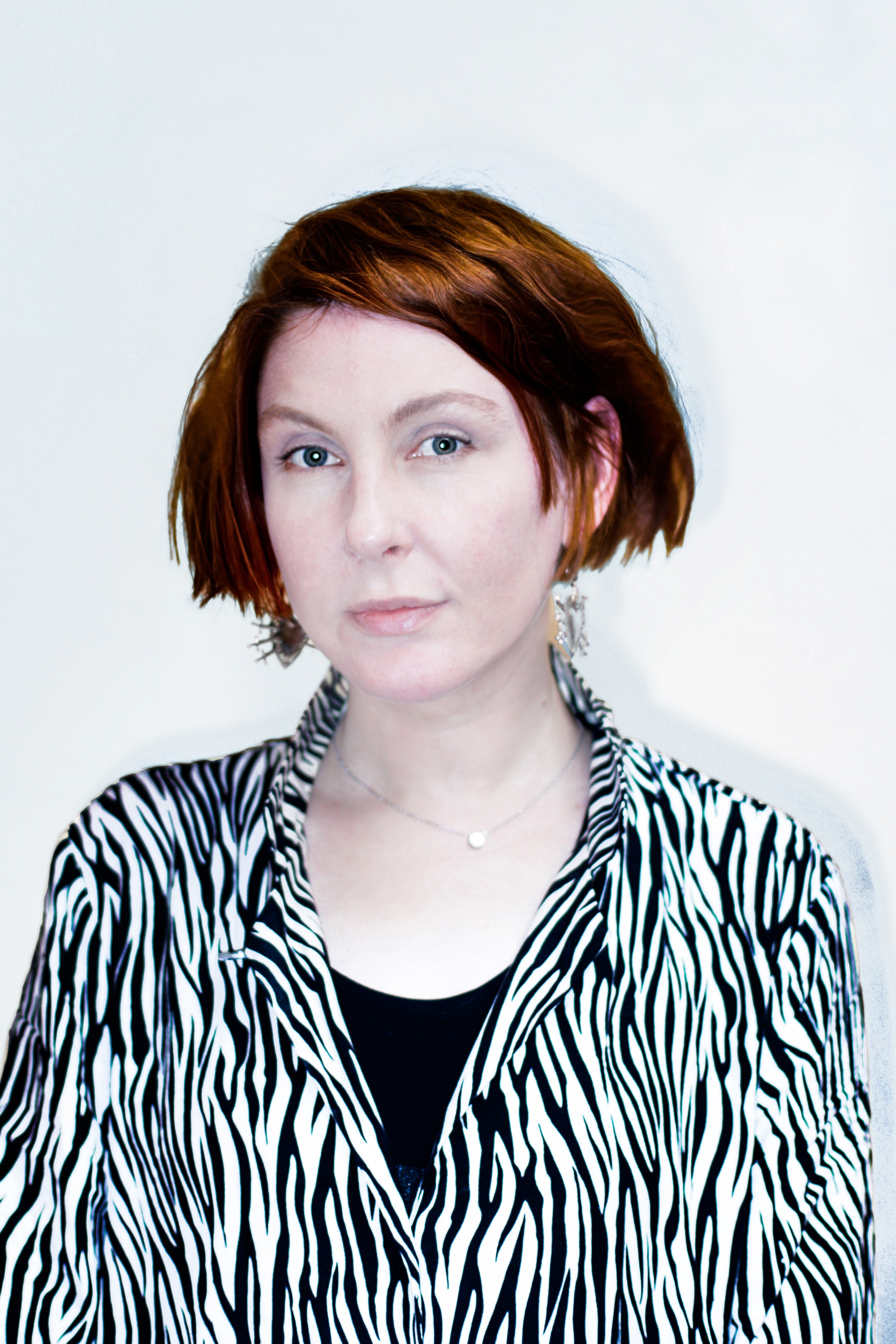We no longer feel the future
Lviv, the city where I live, is located in the western part of Ukraine and is today the largest hub in the world for people hiding from bombing and rocket attacks. If we talk about the internally displaced persons who now live in Lviv, then officially it is more than three-hundred thousand. It is difficult to imagine the scale, but statistically it is as if the whole population of Iceland moved to Lviv. In fact, since the beginning of the war, Lviv has become a place where millions of refugees have found temporary shelter while looking for a safe place. Some of these people may be able to return home, but many will have nowhere to return to as the cities they lived in have been wiped off the face of the earth, as happened to Mariupol. From one of its citizens:
"To be able to evacuate from there, you have to become a different person – half empty and half new. Otherwise you have no chance to leave the city. You become a person who has no past, a person whose memories have no material basis. You have nothing left, not even the graves of your parents. In wartime, people are like trees. They are strong and powerful, the depth of their roots is many times greater than the height of their trunks. However, at one point these trees are uprooted. And not everyone can take root again and bloom again in spring and turn yellow in autumn."
My project builds a narrative by combining photographs, taken before and after the full-scale Russian invasion of Ukraine, with a textile installation and apocalyptic images of medieval minuscules. The goal is to create a visual series and a space in which the visitor can plunge into the unknown world of other people's feelings and experiences.
This war took away my memories, but I remember the stories of the people I meet. Those who were forced to leave their homes or lost them altogether.


Ми більше не відчуваємо майбутнього
Місто, де я живу - Львів, знаходиться в західній частині України і на сьогодні воно є найбільшим хабом у світі для прийому людей, які ховаються від бомбордувань і ракетних ударів. Якщо говорити про вимушено переміщених осіб, що зараз живуть у Львові - то офіційно це понад 300 тисяч. Складно уявити масштаб, але статистично це якби ціле місто переїхало до Львова. Насправді ж від початку війни Львів став місцем, у якому знайшли тимчасовий притулок мільйони біженців, які шукали для себе безпечне місце. Деякі з цих людей можливо зможуть повернутися додому, але багатьом вже не буде куди повернутись, оскільки міста, у яких вони жили, стерті з обличчя землі, як це сталось з Маріуполом та одним із його жителів: “Щоб мати можливість евакуюватись звідти, вам доводиться стати іншою людиною - напів-порожньою та напів-новою. В іншому випадку у вас не буде шансів покинути місто. Ти стаєш людиною, яка не має минулого, людиною, спогади якої не мають матеріальної основи. У вас більше нічого не залишається, навіть могил ваших батьків. У військовий час люди все більше і більше нагадують дерева. Вони сильні і потужні, глибина їх коріння в багато разів більша, ніж висота їх стовбурів. Однак в один момент ці дерева вириваються із корінням. І далеко не кожен зможе знову прижитись та знов зацвісти навесні й пожовтіти восени ".
У своєму проекті я вибудовую наратив, поєднуючи фотографії, зроблені до і після повномасштабного російського вторгнення в Україну, з текстильною інсталяцією та апокаліптичними зображеннями середньовічних мінускул. Мета - створити візуальний ряд і простір, в якому відвідувач міг би зануритися в невідомий світ чужих почуттів і переживань.
Ця війна забрала мої спогади, але я пам'ятаю історії людей, яких зустрічаю. Тих, хто був змушений покинути свої домівки або взагалі втратив їх.

